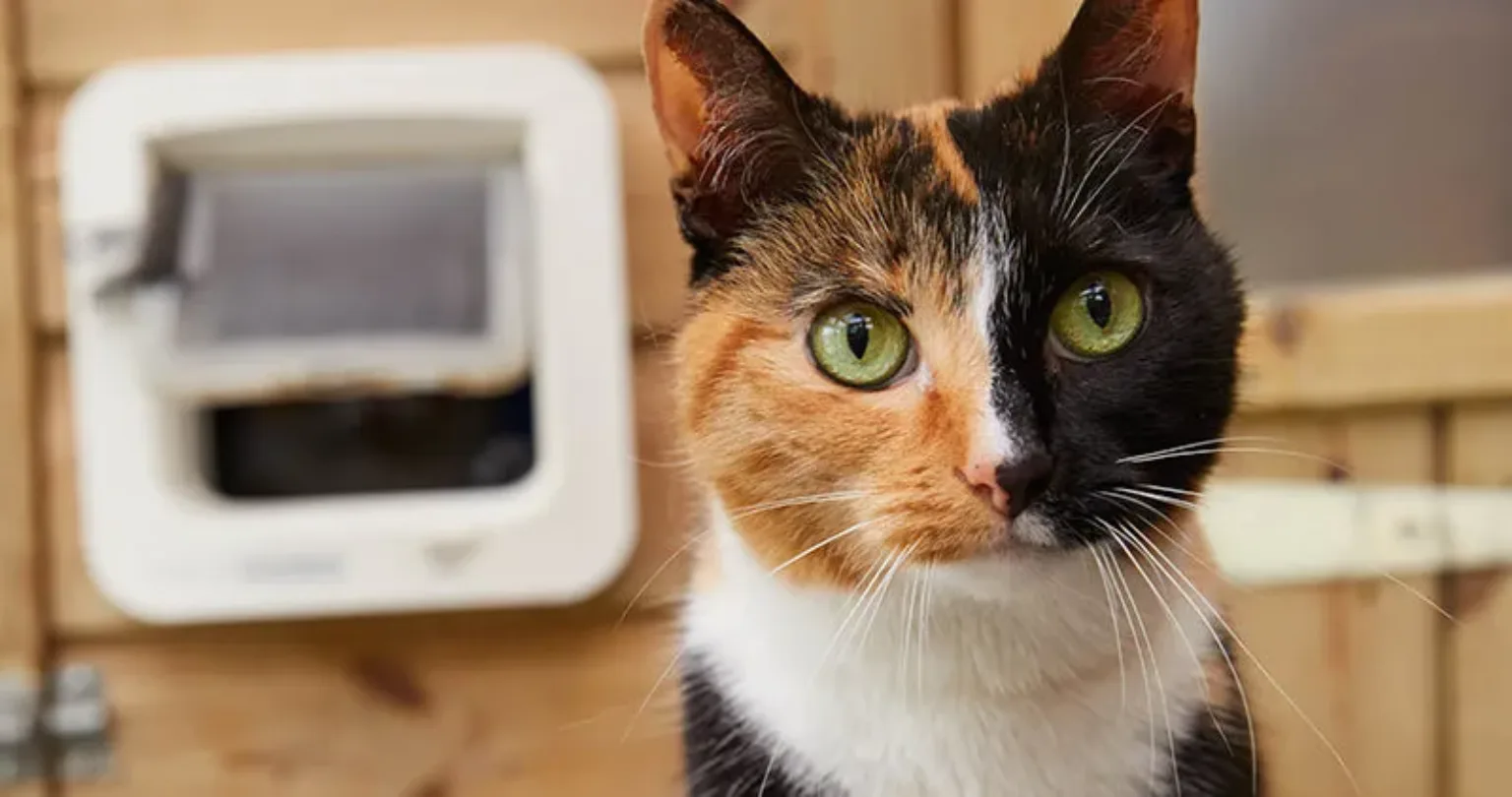Could you star in the next series The Dog House?
Filming for the next series starts this Spring.

Owning a cat is such a pleasure, it's not hard to understand why some people want to rehome many of them.
Although this is a very generous thing to do, it is also important to think about your existing cat’s needs and wellbeing before considering the introduction of a new cat.
Cats are solitary hunters by nature and do not naturally live in structured social groups. However, they’re also very adaptable and having more than one unrelated cat in the same household can and often does work. Each cat will need their own space, so it’s a good idea to consider the following before bringing another cat into your family:
Cats usually get on best within a related group, for example mum and kittens or siblings from the same litter. The dynamics of a multi-cat household or a large group of unrelated cats are constantly changing. In a home with many cats, some cats may form smaller groups within the household and try to avoid the other cats.
Cats will compete for resources that are essential for them to survive and thrive – water, food, toileting areas, high resting places, scratching facilities, places to enter and exit rooms, places to hide, toys, and social time with their humans. If a group of cats needs to share these resources, it will almost certainly encourage disputes between different cats, and arguments will cause high anxiety levels.
The cats’ emotional welfare is the most important thing, so with a little time, effort and money you can change your home environment to give your cats the resources they need. The benefits of this are:
There should be one food bowl per cat in the household, and each cat’s feeding area should be in a separate part of the house. Cats are solitary hunters and like to eat alone.
Provide a separate water bowl for each cat, plus one extra, and place these in different areas around the house. The water bowls should be away from the food and litter trays as cats do not like to drink water near to where they have eaten or toileted. They may also stop drinking altogether if another cat is stopping their access to water. Try to position the water bowls so that your cats can drink from any side of it – so they can see if another cat is approaching.
Like water bowls, the general rule for litter trays is one per cat plus one extra. Even if your cats don’t use the extra tray, it is always worth having it just in case. Some cats may block another cat’s access to a litter tray, so providing slightly more than they need may help prevent this.
You can use covered litter trays and open litter trays, and a variety of different types of litter. We would recommend a transparent covered tray – that way your cat has some protection but also has a clear view of what’s coming. Remember to put litter trays in quiet areas of the house, away from full length windows, doorways and cat flaps. They should also be placed well away from each other, but make sure that they are easily accessible.
Providing a variety of high resting places around the house can give each cat their own place to observe their territory from up high. Cats seek high up areas when they feel anxious, so make sure these resting areas are well above the ground and provide a way for older, less agile cats to get to them.
Suitable places may be shelves, bookcases, tops of wardrobes or cupboards, or tall scratching posts with a platform at the top. Try not to draw attention to your cat if they’re in a high resting place, as they may want to stay inconspicuous.
Scratching is a natural behaviour for a cat and also gives them a way to mark their territory, both visually and with the scent glands between the pads in their paws. Scratching is an alternative to spraying for marking a cat’s territory, so the more scratching posts you have, especially at entrances and exits within the home and near beds, the less likely your cats are to spray.
Scratching posts are also necessary for your cats’ health – scratching conditions their claws and provides exercise. You can provide a range of different scratching areas, both vertical and horizontal, and these needn’t cost a lot of money. Carpet samples, doormats, disposable cardboard scratchers and standard post scratchers are all equally suitable.
Place the scratching devices in prominent areas, usually entrances and exits to each room. A scratching post will not be used if it is tucked away. Make sure they’re sturdy enough to take your cat’s weight and that some of the scratchers are tall enough for your cats to really stretch up while they scratch. You can encourage your cats to use the scratching areas by placing dry catnip on them.
Introducing cats should be a gradual process, ensuring both felines feel safe and comfortable. A slow, careful introduction helps prevent stress and conflict. Follow our step-by-step guide to successfully introducing your new cat to your existing cat.